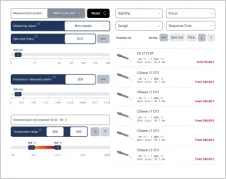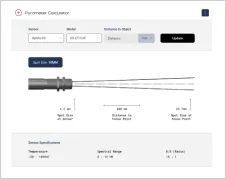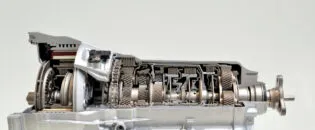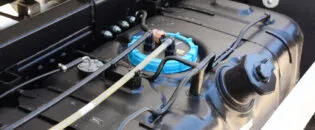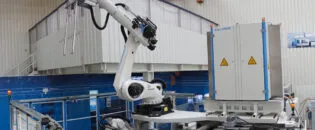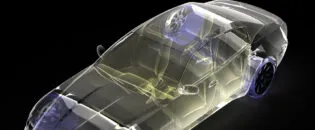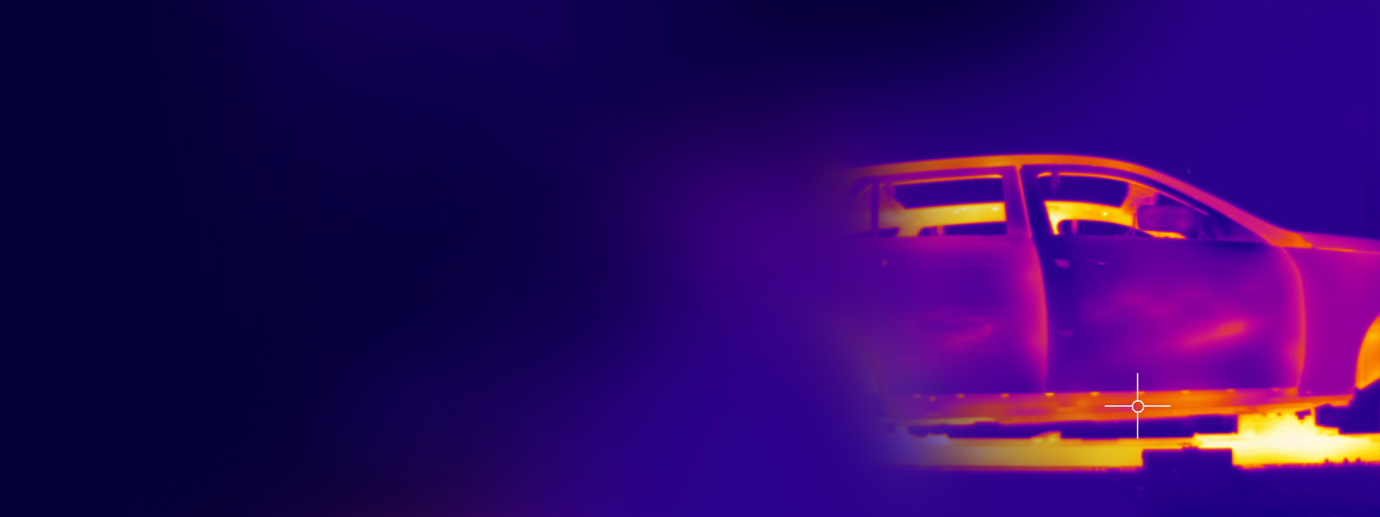
IR Cameras & Pyrometers for Automotive industry
Real-Time Thermal Imaging for Quality and Control
Infrared Temperature Measurement: A Game-Changer for the Automotive Industry
Infrared (IR) temperature measurement is revolutionizing the automotive industry by providing unprecedented precision and efficiency in manufacturing processes. In automotive production, maintaining optimal temperatures is crucial for ensuring the quality and performance of components, from engine parts to electronic systems.
IR thermometers and cameras offer non-contact temperature measurement, which is essential for high-temperature applications such as metal casting, heat treatment, and welding. These advanced tools provide real-time thermal data, allowing for immediate adjustments and enhancing quality control. Accurate temperature monitoring prevents defects, such as warping or thermal stress, which can compromise component integrity.
In automotive assembly, IR sensors help manage the temperature of critical components, ensuring they meet strict performance standards. The ability to measure temperatures without physical contact also improves safety and efficiency, reducing the risk of equipment damage and minimizing maintenance needs.
Moreover, IR temperature measurement contributes to energy efficiency by optimizing heating and cooling processes, which reduces operational costs and supports sustainable manufacturing practices. By integrating IR technology, automotive manufacturers can achieve higher product quality, lower production costs, and greater operational reliability, making it a true game-changer in the industry.
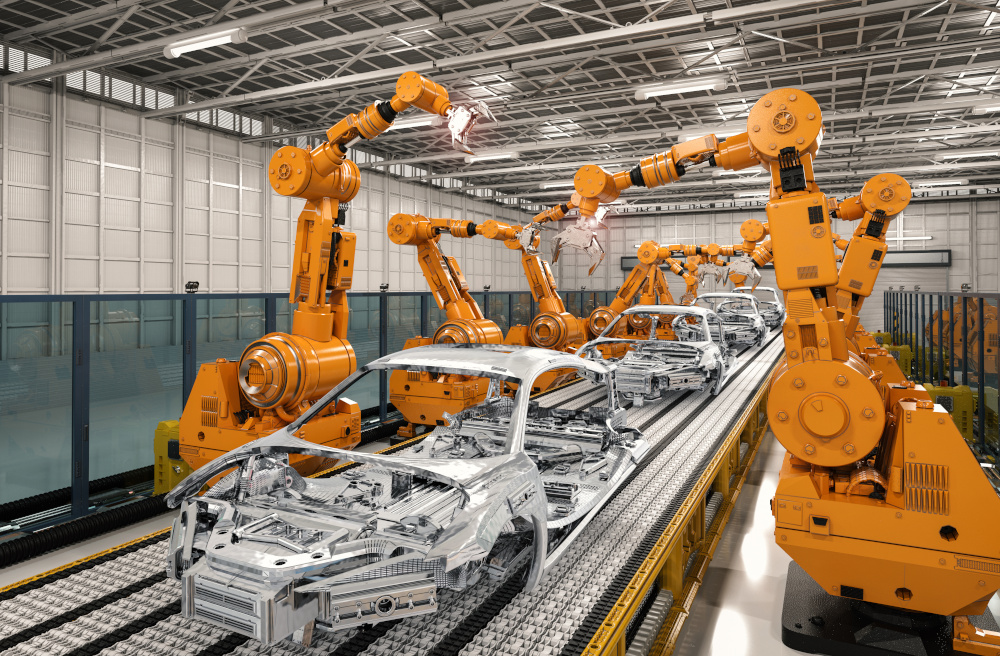
Automotive Applications
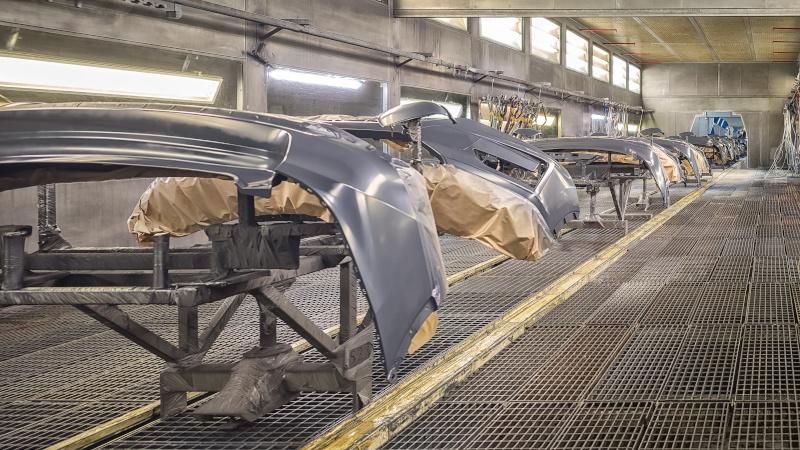
Challenges of IR Non-Contact Temperature Measurement in the Automotive Industry
Infrared (IR) non-contact temperature measurement faces several challenges in the automotive industry. One primary issue is emissivity variation. Automotive components are made from various materials, each with different emissivity characteristics. Accurate temperature readings require precise calibration to account for these variations. Failure to adjust emissivity settings correctly can lead to measurement inaccuracies, impacting quality control and process optimization.
High ambient temperatures and thermal interference from surrounding equipment can also affect IR sensor performance. Automotive manufacturing environments, such as those involving metal forging or high-temperature curing processes, generate significant heat that can disrupt IR measurements. Ensuring that IR devices are shielded from excessive heat and calibrated for ambient conditions is essential for maintaining measurement accuracy.
Additionally, surface reflectivity can present challenges. Highly reflective surfaces, common in automotive components, can skew infrared readings. To mitigate this, advanced IR sensors with adjustable emissivity settings and regular calibration are necessary to ensure reliable temperature measurements.
Benefits of Infrared Non-Contact Temperature Measurement
Despite these challenges, IR non-contact temperature measurement offers substantial benefits in the automotive industry, particularly in energy savings and quality enhancement. One key benefit is energy efficiency. IR sensors provide precise temperature data that helps optimize heating and cooling processes, reducing energy consumption and lowering operational costs. For instance, in metal casting and heat treatment, accurate temperature control minimizes excess energy use, contributing to more sustainable manufacturing practices.
Enhanced quality control is another significant advantage. IR cameras and pyrometers enable real-time monitoring of temperatures during critical automotive processes such as welding, painting, and assembly. This real-time data allows for immediate adjustments, preventing defects like warping, misalignment, or inconsistent curing. Maintaining optimal temperatures ensures that components meet stringent quality standards and perform reliably, reducing the likelihood of costly rework or product recalls.
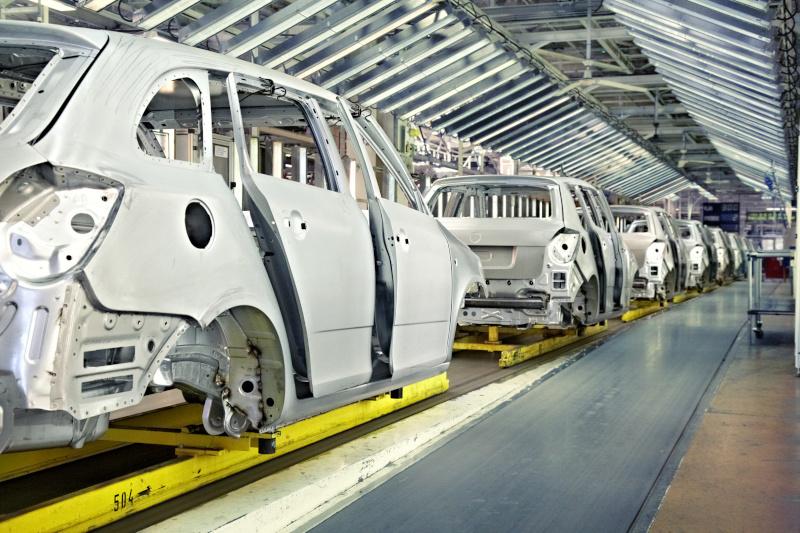
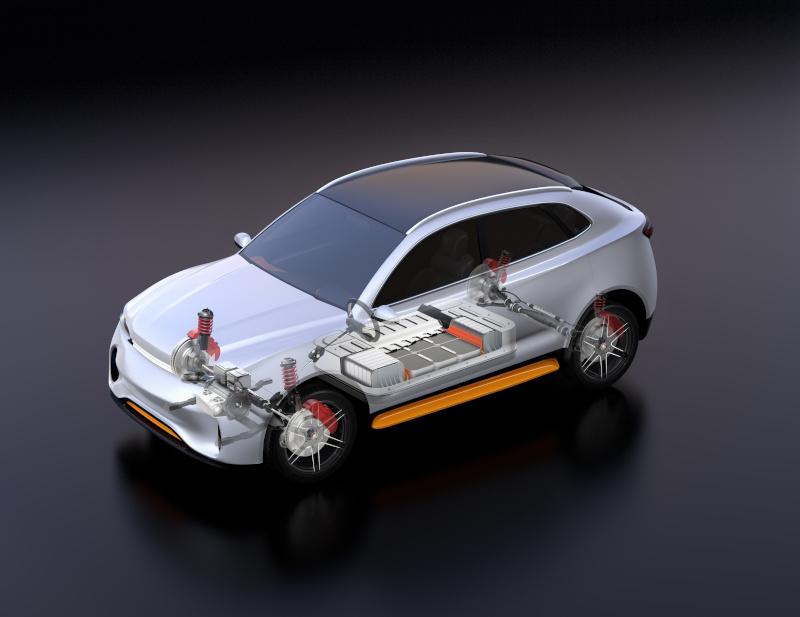
Applications and Efficiency Gains
Infrared non-contact temperature measurement brings substantial efficiency gains across various automotive manufacturing applications. In engine component production, IR sensors monitor the temperature of parts during machining and assembly, ensuring they remain within optimal thermal ranges. This precision helps maintain component integrity and improves overall performance.
During paint curing, IR cameras help achieve uniform heating, reducing energy consumption and ensuring consistent coating quality. For battery manufacturing, accurate temperature measurement during assembly and testing prevents overheating, enhancing safety and longevity.
Overall, integrating IR temperature measurement technology into automotive manufacturing processes enhances operational efficiency, reduces energy costs, and ensures superior product quality. By providing accurate, real-time thermal data, IR technology enables manufacturers to optimize processes, minimize waste, and achieve greater sustainability, making it a crucial tool in modern automotive production.
What Is the Right Solution for My Needs?
Click here to find the product that suits your demands.
Downloads
BROCHURE
PDF - 4.26 MB
Infrared Cameras Overview
Complete the form to download the file

Talk to us about your IR Temperature Measurement Requirements
There are over 300 different pyrometer variants to choose from in the Optris infrared pyrometer portfolio each optimized for material, spot size, distance from the target, and environmental conditions. Fortunately, there is a trained engineer to phone or chat with to guide you through the process of choosing the perfect infrared sensor for your application.
The same support is available for the extensive IR camera product line.

